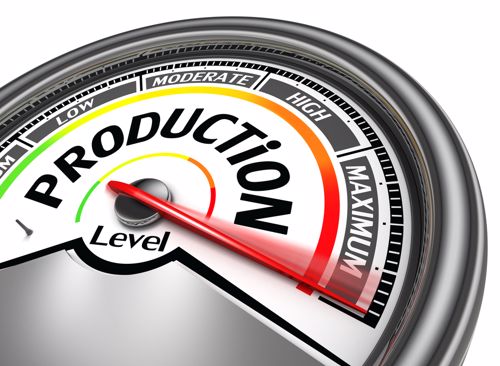
Should you use 'Make to Stock' or 'Make to Order' to control inventory?
By Max BurkhalterApril 7, 2021
If you constantly have overstock and are encountering issues with excess inventory, it might be time to shake up your workflow by comparing Make to Stock (MTS) and Make to Order (MTO) production workflows, according to Katana.
If you are in a production cycle that consistently requires starting and stopping as your inventory reaches critical mass, you're spending extra money on scaling up and down that could be minimized with MTS, assuming your predictive analytics are good enough to accurately determine how much stock you'll need to have on hand at any time to satisfy demand.
If everything is too volatile, and you find yourself having to wait on orders anyway, switching fully to a MTO model could help you trim costs of keeping inventory to nil, helping you absorb the slighting higher cost of production on demand — although you'll have to reset customer expectations for fulfillment.
What is Make to Stock?
With MTS, you order products to be manufactured for your inventory based on sales forecasts and historic demand. If your product is seasonal, there may be some fluctuation based on that parameter. In any case, it's absolutely vital to have accurate predictions to leverage MTS to its full profitability.
MTS is considered a push system. Your production workflow manufactures product and ships them to you in anticipation of orders that will be placed in the future. Ideally, the last few units ship out to customers right about the time your next batch of production comes in. This minimizes your need for extra warehouse space, and frees up money that would otherwise be held in inventory.
This push method is just a tighter, leaner version of traditional production and sales flows, and depends heavily on your ability to predict sales month to month, so you always have just enough inventory on hand but not too much (resulting in incurred costs for warehousing and lost access to cash flow) but not too little (resulting in delays in fulfillment and a less positive customer experience.)

What is Make to Order?
With MTO, you order products as customers place their own orders, resulting in small batch on-demand production. If your sales cycles are completely unpredictable and you have extremely limited storage options for excess inventory, MTO might be best for you.
MTO is considered a pull system. Your production workflow manufactures product as you send them already placed customer orders, either singly or in small batches daily or weekly. If you provide customization or personalization, you may be in an ideal position to leverage MTO as your production workflow of choice.
Ideally, the manufacturing process has a very short time to ship window, and you can keep customers happy even with the lag time. You may opt to have items drop-shipped directly from the manufacturer to speed fulfillment, or have batches shipped to you for repackaging and shipment.
Hybrid options
ThomasNet points at the personal computer industry as a perfect example of blending both MTO and MTS options. Basic PCs can be funneled through MTS to fill anticipated off-the-shelf demand, while customized builds go to a secondary MTO workflow.
Regardless of your production workflow, you need connectivity between your sales and supply chain systems to keep things running smoothly. Perle can help you design and maintain a strong connected network to help you keep your company workflows on track. Read our customer success stories to learn more.



